Project Portfolio
Project Portfolio
Cities & Health
Universal Basic Neighborhood
Th
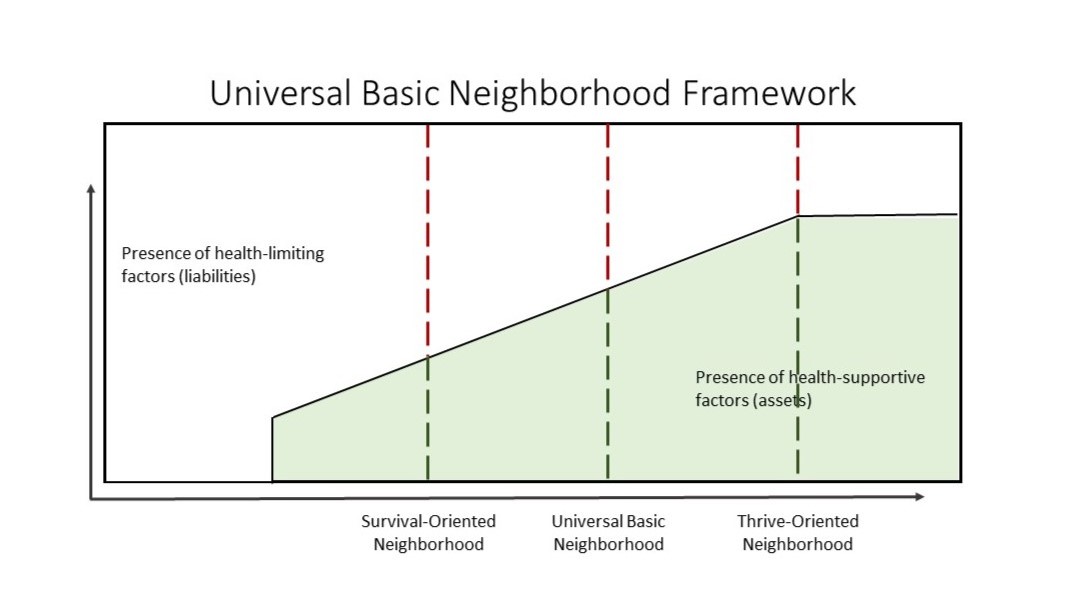
Universal Basic Neighborhood Framework
Alley Revitalization and Wellbeing
它
Environmental Vulnerability Assessment
Measuring differences in environmental vulnerability can provide investigators, civic leaders, and community members with important data around health equity and help to develop targeted public health interventions. However, accounting for the unequal distribution of vulnerability and risk across different geographic domains is complex. Communities have specific vulnerabilities that reflect regional differences that are interlinked with unique demographic and geographical characteristics. To improve urban health, cities should consider which specific vulnerabilities can be modified with interventions, calculate what level of modification is necessary, achievable, and likely to contribute to overall health improvements and reduction in risk.
We developed an environmental vulnerability index (EVI) for the Louisville Metro area to prioritize census tracts and recommend potential interventions that could impact area vulnerability and health outcomes. Through an analysis of 32 environmental variables from administrative datasets using the Toxicological Prioritization Index (ToxPi) software we assigned vulnerability scores and ranks to Louisville’s 190 census tracts. We found that environmental vulnerabilities and health risks are not distributed equally across Jefferson County and mirror the geography of health inequities in Jefferson County. We modeled three distinct interventions that led to statistically significant changes in area vulnerability.
Our findings underscore the need to shift focus from county-level to neighborhood-level assessment for public health interventions. Inclusion of structural environmental variables highlights the inadequacy of clinical data-focused approaches. It emphasizes the importance of tailored, geographically guided interventions over one-size-fits-all strategies. By recognizing the unique vulnerabilities of each neighborhood, we can better inform implementation science and address health disparities effectively.
Junior Achievement's Health Ambassadors
The Center for Healthy Air Water and Soil and Junior Achievement of Kentuckiana have partnered to create a Community Health Researcher job within JA's Sam Swope BizTown. Just like the Envirome's team of researchers at the University of Louisville this Community Health Researcher observed residents of BizTown, conducted research through a survey about health, and presented their research findings. When JCPS students attended Junior Achievement's BizTown, they learned about the connections between the environment and health from their Community Health Researcher. They could also choose to learn about the Circle of Harmony and Health and how it can be used as a framework to help people understand and reflect on their health.

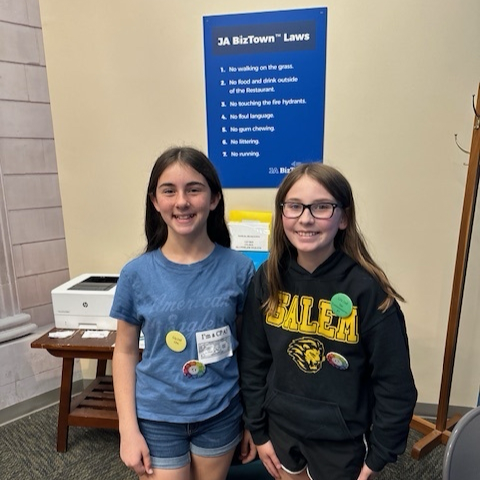
Junior Achievement 2023-2024
Participatory Science
Citizen Science is when ordinary people collaborate with scientists and contribute to scientific research by participating in projects that aim to increase our knowledge about the world. Citizen Scientists provide data about their everyday experiences so we can begin to understand the connections between our health, environment, and choices.
Opportunities to Participate
Smell MyCity: Smell MyCity is a way for Louisville to report odors to Louisville Metro’s Air Pollution Control District. Thousands of smell reports from 2018-2023 have been analyzed to investigate associations between reports and health outcomes and to share findings. This work was presented at the 7th annual Environmental Justice Conference hosted by the NAACP Louisville Chapter and the West Jefferson County Community Task Force in September 2023.
Do you smell something out of the ordinary? Report it using the Smell MyCity app! This app is used to report unusual odors and collect data that can help residents, organizations, and regulators track down potential sources of pollution in their neighborhood.
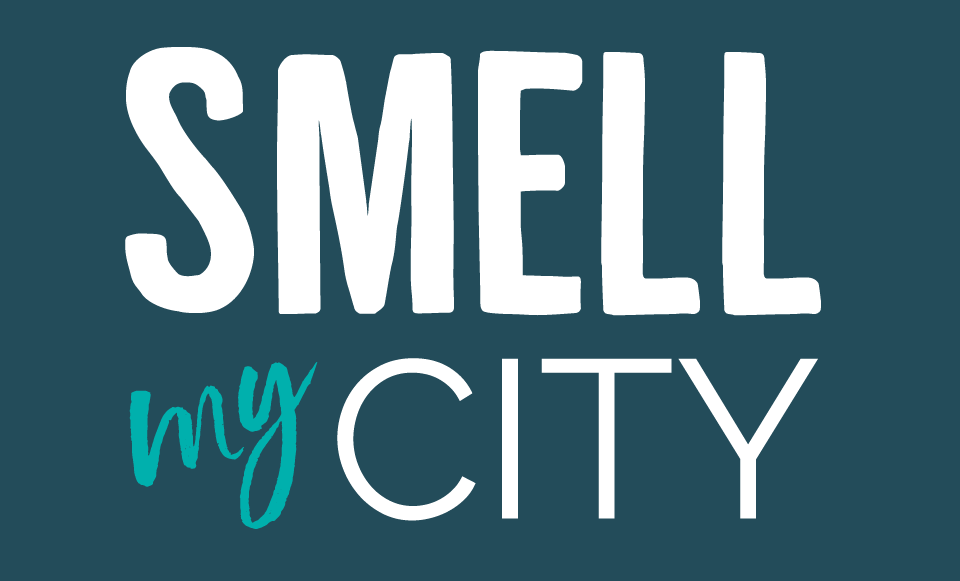
Association for Advancing Participatory Sciences: Become a member of the Association for Advancing Participatory Sciences to build and sustain projects engaged in community science, citizen science, community-based monitoring, volunteer research, and more.

Ohio River Clean Sweeps: Join volunteers from six states in removing litter along the Ohio River and its tributaries for the annual Ohio River Sweep. Interested in having a larger impact? Join or organize a cleanup event during the Ohio River Sweep Season from March through October. Learn more here.
Humana's Day of Service Participatory Science Fishing Study: In August 2024, volunteers from Humana's Day of Service participated in a Participatory Science Fishing Study to collect fish samples from the Ohio River. The study analyzed contaminant levels in channel catfish and freshwater drum, focusing on heavy metals, PCBs, and PFAS chemicals. Results showed that most contaminants were below safety limits, though freshwater drum exhibited elevated PFOS levels above the EPA threshold. To learn more, please read the press release, one-page results summary, or review the detailed findings in the long-form report.
Water & Health
Wastewater Based Epidemiology
Public Health Pathogen Monitoring
The Center for Healthy Air Water and Soil has led the application of wastewater-based epidemiology (WBE) to track COVID-19 infection and 70 other pathogens in Louisville and across Kentucky. Wastewater surveillance for public health continues to monitor 5 sites that represent the entire population of Jefferson County weekly to track community disease trends. From 2022 and into 2023, through a collaboration with the Kentucky IDeA Networks of Biomedical Research Excellence (KY INBRE) the Center has expanded its wastewater monitoring capacity to tracking 29 common human respiratory viruses (covering 50 strains) and 41 viruses and bacterial resistance genes of interest. Through this work, we are providing timely information on several key pathogens such as measles, flu, hepatitis, and RSV to Louisville’s Department of Public Health and Wellness.
Malawi University of Science and Technology Collaboration (MUST)
The Malawi based wastewater surveillance project in Malawi, directed by Dr. Rochelle Holm, has continued to expand in research and partnerships. Weekly wastewater surveillance at six sites in Southern Malawi have continued for a second year, and these results have now been published. This year the program expanded to add genomic analysis, a partnership with SOS International to match surplus medical supplies with our wastewater pathogen detection research, and as well Dr. Holm meet the United States ambassador to Malawi and is serving as an advisor to the Dzaleka refugee camp to support the UN Refugee Agency for the establishment of wastewater surveillance. Our wastewater surveillance continues to support national priorities for addressing enteric disease response.
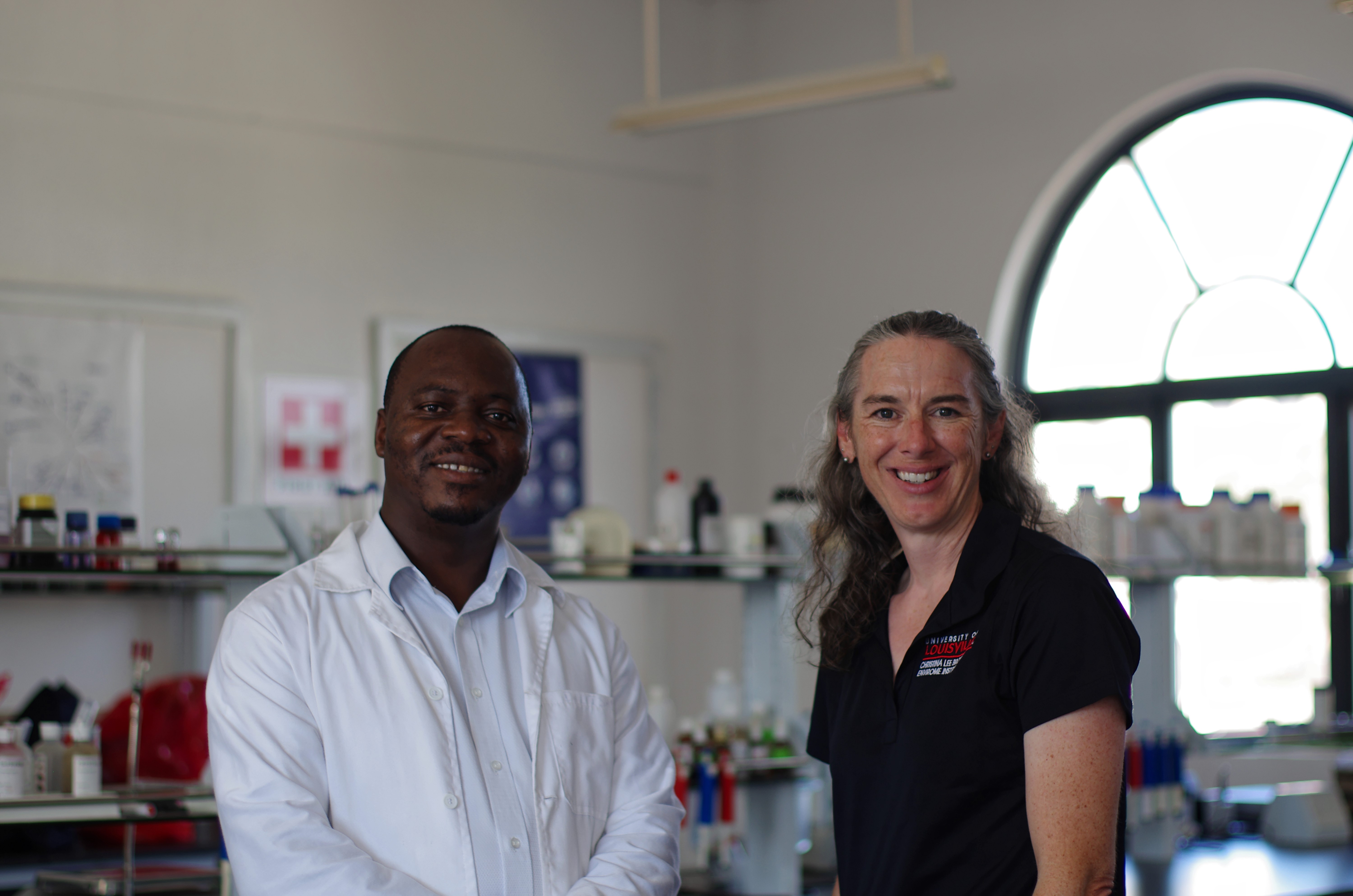
Dr. Rochelle Holm with MUST colleague
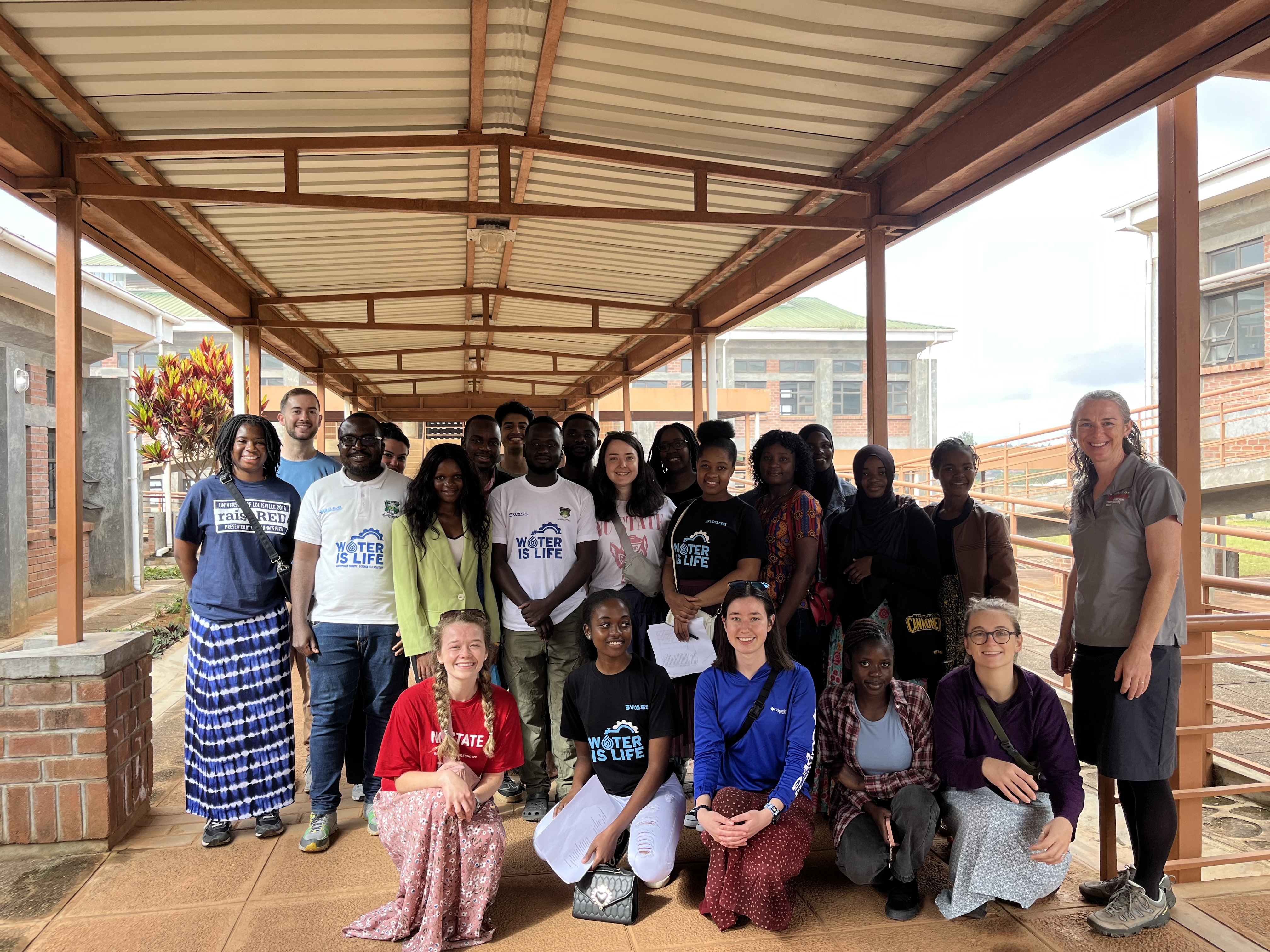
Girls Science Day 2024 in Malawi
Markers of Toxic Exposure
CHAWS wastewater focus includes the evaluation of metals and air pollution to provide insights into public health concerns associated with exposures. Wastewater analysis allows for the quantification of lead, mercury, cadmium, and arsenicin specific areas. Heavy metals can enter wastewater from various sources including industrial releases, urban runoff, and infrastructure corrosion.These substances are known to pose significant health risks, including neurological disorders, organ damage, developmental issues, and cancer. VOC pollution originates from various sources such as automobile exhaust, industrial activities, wildfires, tobacco smoke, and even household products and can pose significant health risks. We have developed a non-targeted, high-resolution liquid chromatography-mass spectroscopic (LC-MS) platform to profile metabolites of VOC exposure.
Ohio River Way
In 2024, CHAWS partnered with the regional nonprofit the Ohio River Way to support their efforts to improve remediation and recreation along the Ohio River Basin.

Kentucky Ohio River Regional Recreation Authority (KORRRA)
In partnership with bill sponsor, Rep. Ken Fleming, the Ohio River Way has led advocacy for the passage of HB 712, establishing the Kentucky Ohio River Regional Recreation Authority. The new Authority will have two primary benefits: 1) it will serve as a vehicle to carry funding from future state appropriations and eligible grants, and 2) it will provide a coordinated and comprehensive approach to infrastructure aimed at increasing outdoor recreation access and improving quality of life along the Ohio River corridor. All 25 Kentucky counties bounding the Ohio River will be eligible to join the new Authority. The Ohio River Way will continue to work with its partners to build awareness and support for the Authority across eligible counties.
Ohio River Basin Restoration Plan
Led by the National Wildlife Federation, the Ohio River Way continues to serve as a key stakeholder in the development of the Ohio River Basin Restoration Plan, along with dozens of regional partners that constitute the Ohio River Basin Alliance. Together, we are working with federal legislators, including Ohio River Basin Caucus Co-Chair, Rep. Morgan McGarvey, to pursue a goal of bringing significant federal funding to restore the ecology of the Ohio River Basin, an area unifying nearly 30 million people across parts of 14 states.
National Water Trail Designation
In partnership with the National Park Service, the Ohio River Way is working to bring increased recreation access to paddlers and boaters along an approximately 300 mile stretch of the Ohio River. To date, we have documented and mapped all public access points and are currently pursuing new signs and access improvements to bring additional awareness and safety to the Ohio River, both as a recreation resource and an amenity and asset for river communities to pursue tourism, economic development, and quality of life initiatives.
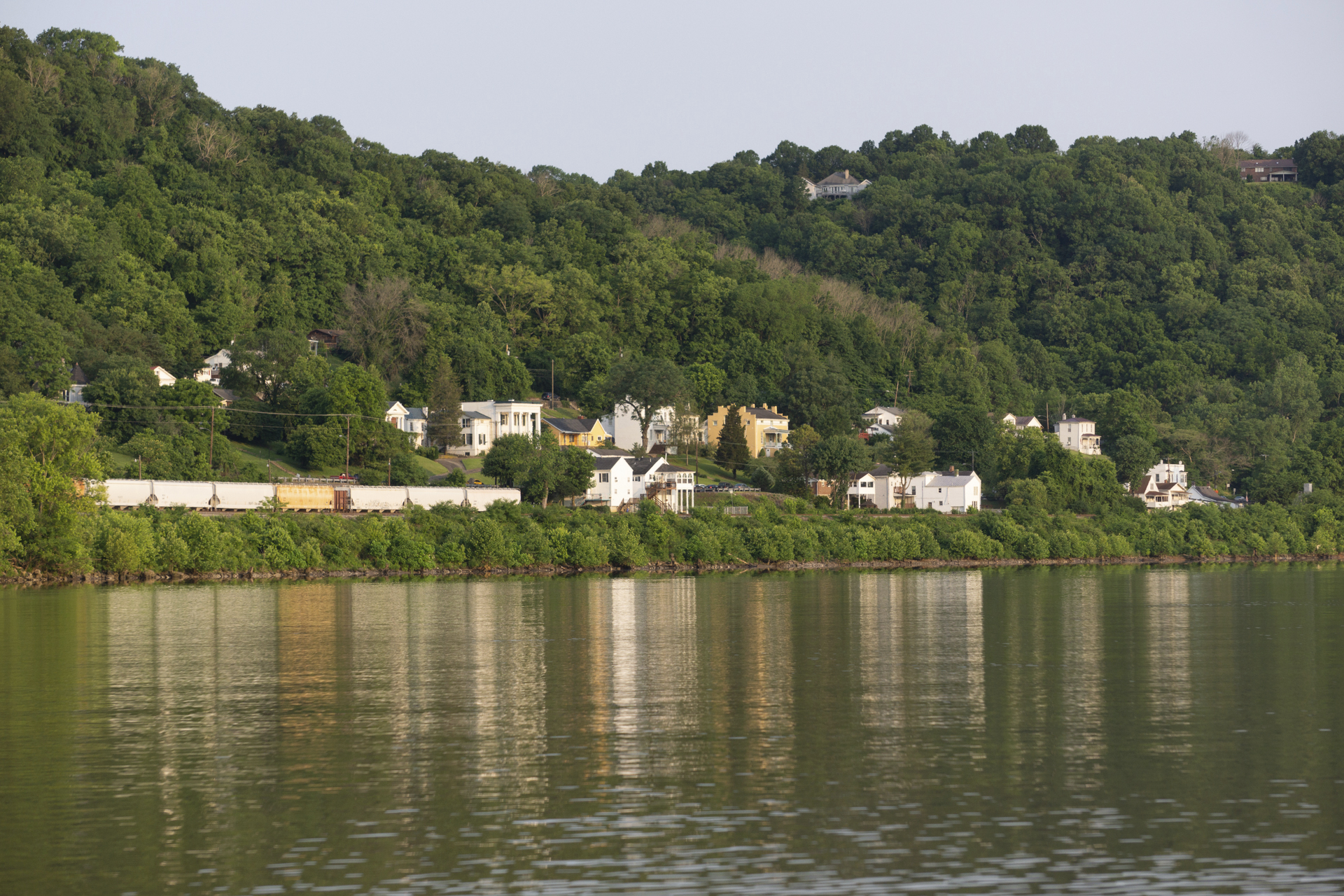
Photograph courtesy of Joe Wolek
Air & Health
Green Heart Project
Green Heart Louisville is a first-of-its-kind longitudinal health study that investigates the relationship between air pollution, heart health, and residential greenness. Green Heart examines how roadway air pollution moves throughout neighborhoods and how this exposure impacts the health and wellbeing of nearby residents. To ensure that residents can maintain trees in the public right of way the Green Heart team has worked with Louisville Metro Government to create a Tree Assistance Fund.

Superfund Research Program
The Superfund Research Program studies the effects of chemical exposure on risk for developing heart disease, diabetes, and liver disease in populations living near toxic waste disposal sites.
Healthy Plants Collection
In partnership with Nanz & Kraft Florists, the Healthy Plants Collection will bring greenness to your indoor environment and can help improve mental wellbeing and air quality!